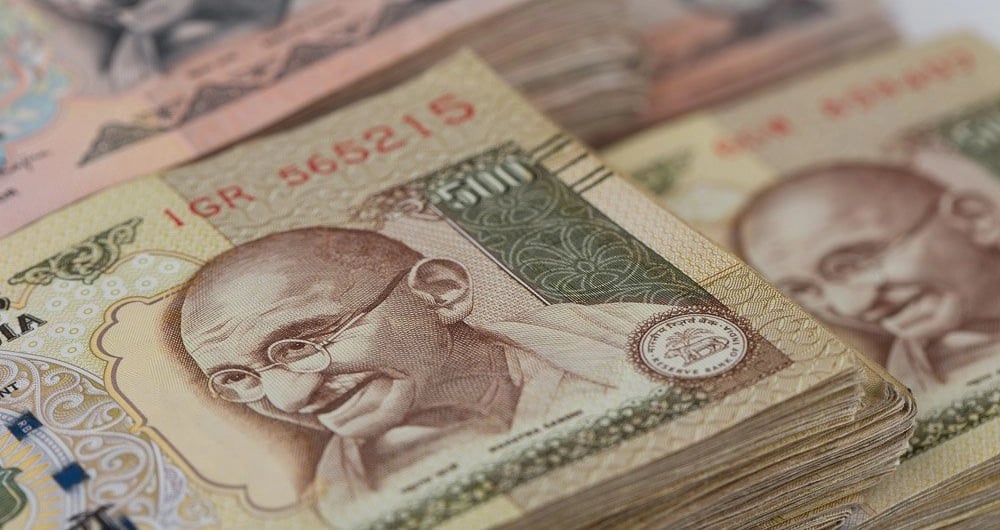RBI Cuts Repo Rate to 5.50%: Third Consecutive Reduction Amid Cooling Inflation and INR Pressure
The Reserve Bank of India (RBI) has taken another decisive step toward monetary easing, cutting the benchmark repo rate by a larger-than-expected 50 basis points on Friday. This marks the central bank’s third consecutive rate cut in 2025, bringing the total reduction to 100 basis points since February. With inflation retreating below the RBI's target range, the Monetary Policy Committee (MPC) has shifted its focus to boosting domestic growth amid global uncertainties and ongoing pressure on the Indian rupee (INR).
The Decision and Its Economic Impact
At its latest policy meeting, the RBI lowered the repo rate (INREPO=ECI) to 5.50%. This follows two earlier cuts: one in February (25 basis points) and another in April. Together, these actions reflect the RBI's increasingly accommodative stance as inflation continues to trend lower.
The MPC’s decision also includes a reduction in the cash reserve ratio (CRR), which lowers the amount of capital banks are required to hold in reserve. This move aims to inject additional liquidity into the financial system, enhancing credit availability for consumers and businesses.
The policy shift is targeted at stimulating sectors that are most sensitive to interest rates—such as housing, small business lending, and consumer finance. The RBI emphasized that it remains flexible and ready to act if inflationary pressures return or if the currency comes under renewed strain due to global monetary tightening.
Quick Facts: Key Policy Highlights
Current repo rate (INREPO=ECI): 5.50%
June 2025 cut: 50 basis points — double the expected 25 bps
Total cuts in 2025: 100 basis points
Previous adjustments: February and April 2025
Cash Reserve Ratio: also lowered to support liquidity
Recent inflation trend: below 4%, under the RBI’s 4% ± 2% target

Market Response and Expert Commentary
Financial markets largely welcomed the move. Yields on Indian government bonds declined, while bank stocks saw modest gains, supported by expectations of improved net interest margins and lending growth. The Indian rupee (INR), however, remained under moderate pressure, reflecting rate differentials with the U.S. Federal Reserve, which has maintained a more hawkish stance.
Analysts from major institutions such as State Bank of India and HDFC Bank noted that while the easing cycle was anticipated, the magnitude of the June cut came as a surprise. It underscores the RBI's commitment to acting preemptively in the face of softening global demand and India’s restrained fiscal policy environment.
Key Developments in RBI Policy in 2025
Three consecutive repo rate cuts totaling 100 basis points
CRR reduction to boost liquidity and expand credit flow
Inflation under control, enabling a growth-focused approach
Banking sector uplift, with potential for higher lending activity
Currency volatility risk remains, driven by divergence with U.S. monetary policy

Strategic Easing to Support Domestic Growth
The RBI’s proactive monetary easing in 2025 signals a strategic realignment toward supporting domestic growth amid subdued inflation. The policy shift is designed to reduce borrowing costs, stimulate investment, and sustain consumption-driven recovery.
While challenges such as capital outflows and exchange rate instability persist, the RBI appears confident in its ability to balance growth with macroeconomic stability. In an uncertain global environment, India is prioritizing internal demand as a key driver of its economic resilience.















Comments
This type of transaction could reshape long-term automation strategies across the tech landscape
Strategic alignment with automation trends is becoming a critical driver of market positioning